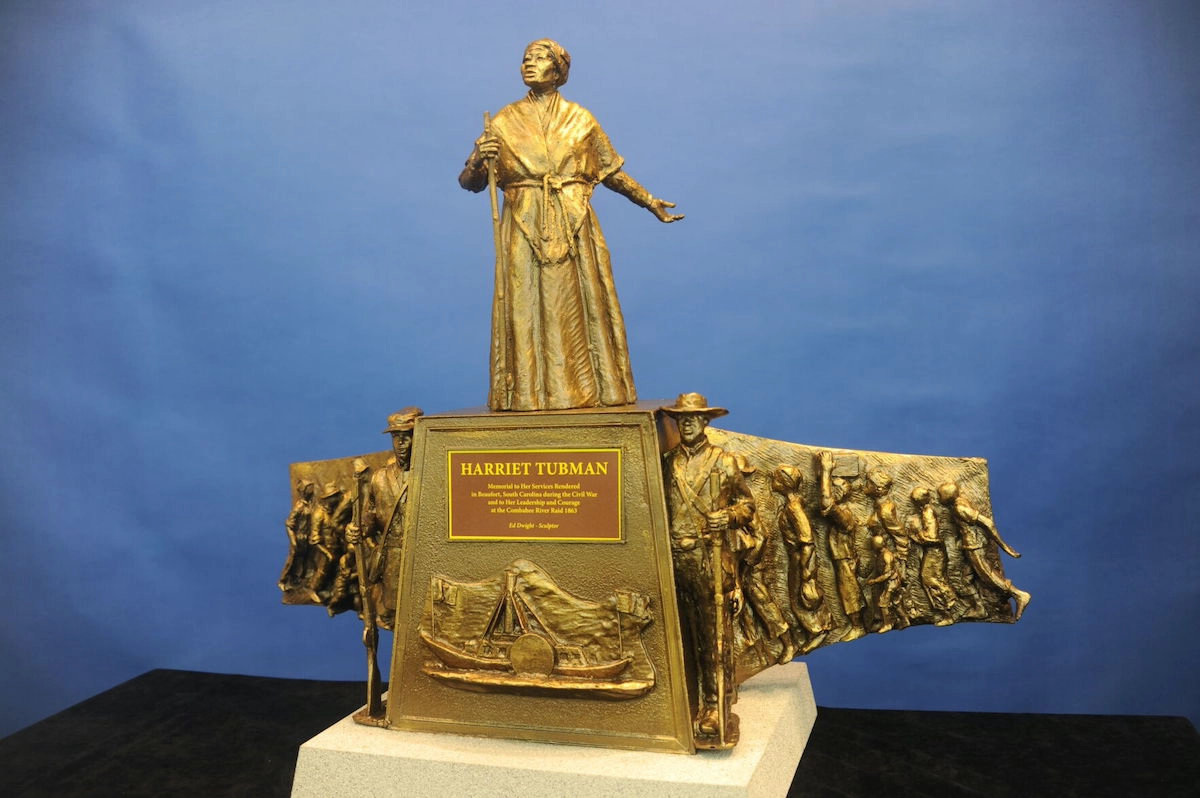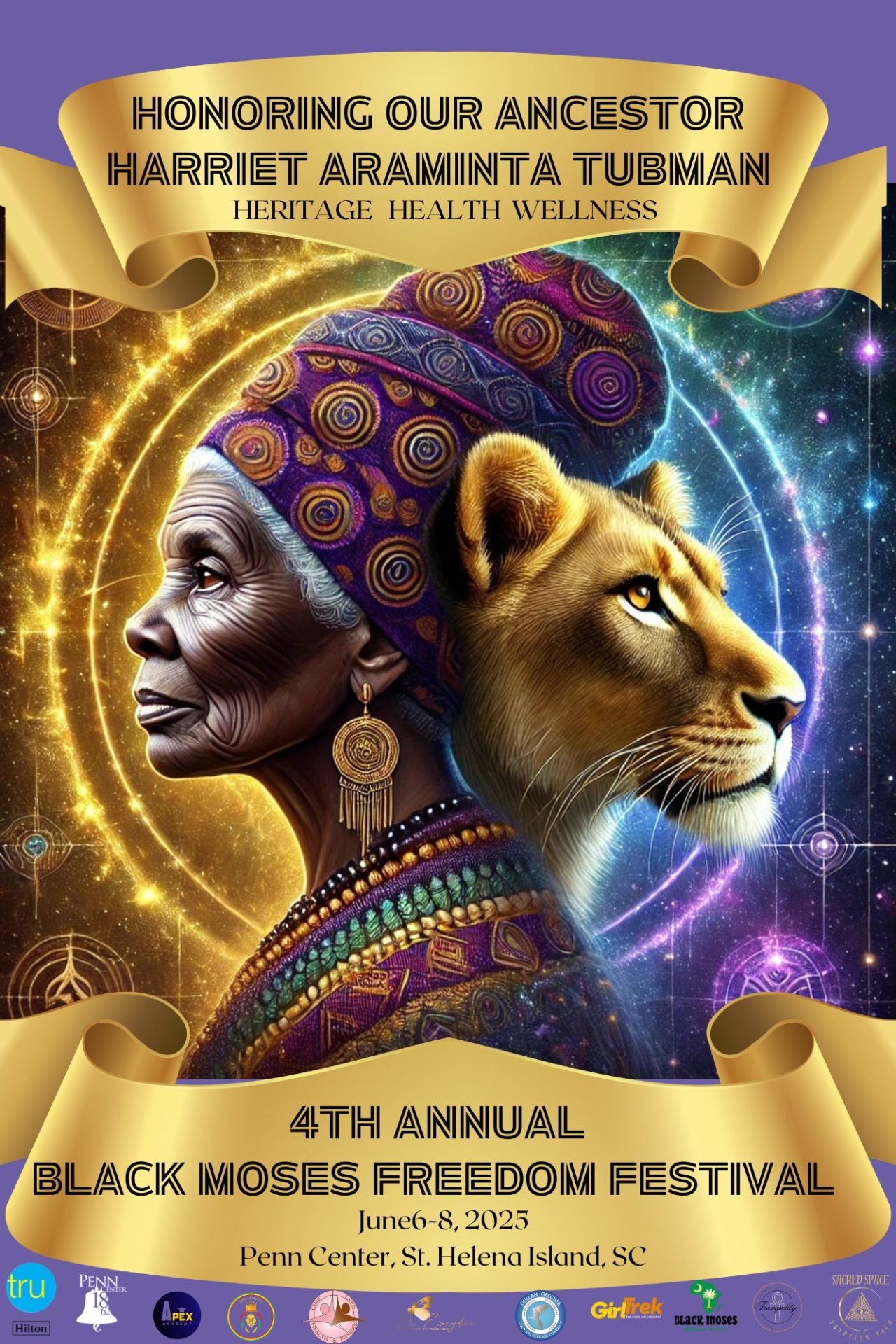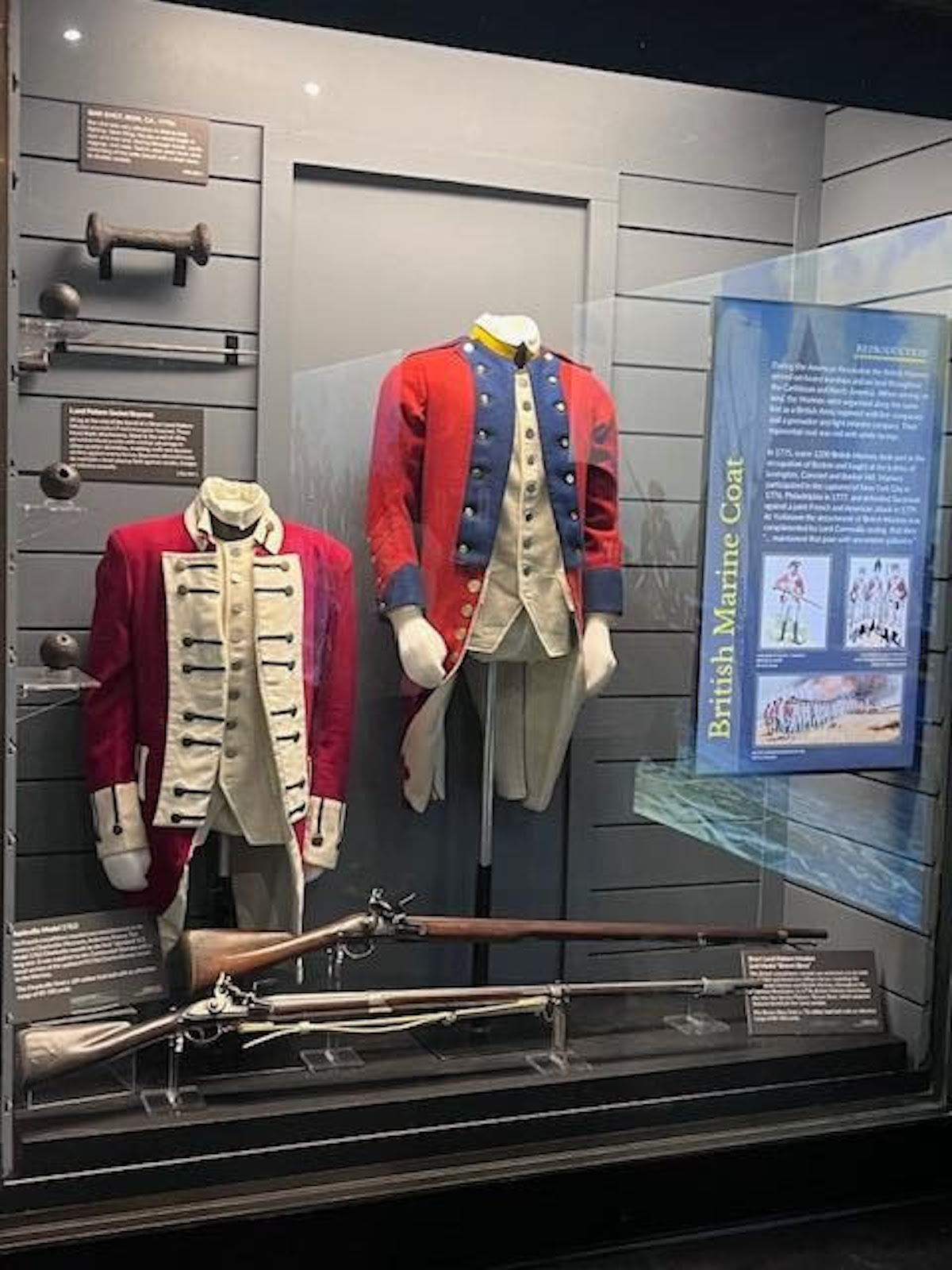Sculpture meant to raise awareness of hero’s extraordinary exploits in Beaufort County during the Civil War
By Adam Parker
BEAUFORT
Harriet Tubman was born into slavery in an unusual place: Church Creek, Md. This area in the early 1800s was different from most places where slavery was in force because of its primary industry — shipbuilding — and its mixed population. About half of the Black people living in Maryland’s Dorchester County were free.
Running eastward through the county, from Taylors Island along the Chesapeake Bay to the city of Cambridge, was an old road that served as a main artery of the Underground Railroad.
Tubman, who experienced terrible hardship as a child and teenager, escaped slavery when she was about 29 years old, likely traveling northeast along the Choptank River, through forested land in eastern Maryland and across the border to Pennsylvania. Surely she was acquainted with the route many others had taken over the years.
Once free and in control of her destiny, she chose the life of an abolitionist, returning several times to Dorchester County to liberate dozens, despite relentless dangers, then joining the war effort in 1862 when Union forces took control of Port Royal Sound in South Carolina.
Her Underground Railroad exploits were enough to win her an esteemed place in history, but that was just the first of several chapters of a remarkable life. In Beaufort, she left an indelible mark. Her accomplishments in the South are the stuff of legend, though they are too little known, historians and park rangers say. Now a local church will honor Tubman with a monument meant to draw more attention to a woman whose superhuman courage and persistence was fueled by the injustices and hardships of slavery.
Want more? From Beaufort to Bluffton and Hilton Head, The Post and Courier covers news impacting your community. Subscribe for more local coverage at postandcourier.com/IslandNews.









